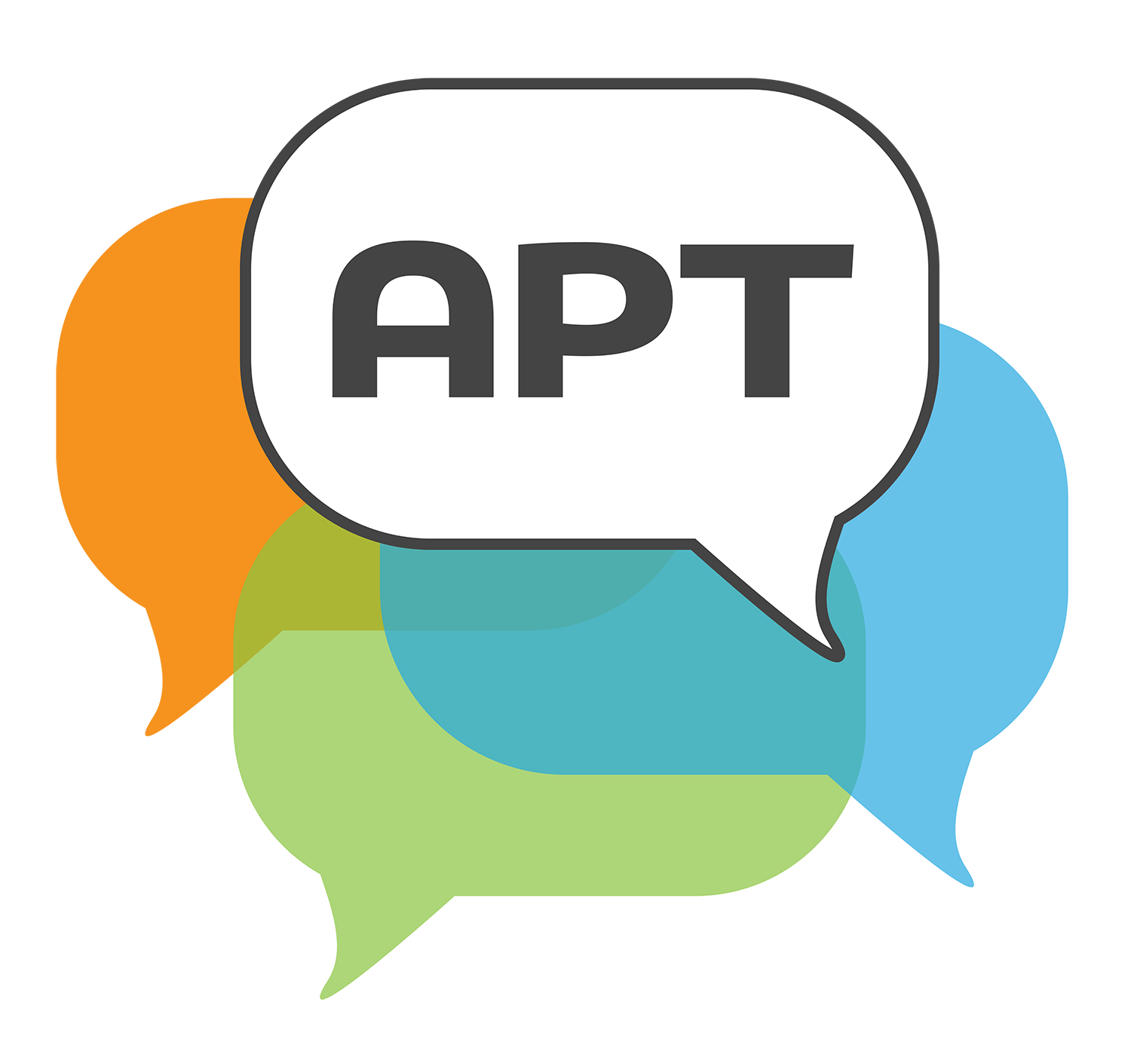How Many Squares are in the Border of a 10x10 Grid?
Math • Grade 8
Selected segments with commentary below » Full video viewable here.
In algebra, students move into more abstract thinking. While algebra is considered the “gatekeeper” to higher level math courses and to college preparedness, it is the downfall of many students. Without boxes of crayons or pieces of pizza, students’ thinking can become unmoored.
The teacher gives students a problem to mentally solve for which there are multiple approaches to a solution: how many squares are in the border? Providing students the opportunity to work solo initially will generate the greatest variety of thinking about the quantity of squares on the border. While think-pair-share is a strategy commonly used in classrooms, the solo think part is often skipped and we jump directly into pairs of students talking.This is a big loss, especially during the launch of a problem where we want students to form their individual thoughts. While we don’t want them to finish solving the problem or answer all the questions, we want them to have developed their own thinking before they start talking so that they have something to talk to each other about.
Students then discuss their thinking with a partner (not shown) before they share their thinking with the class. The teacher starts the whole class discussion by getting the answer on the table. Since we have found the answer it signals to students that the discussion is no longer about the answer, but about the mathematics of the problem.
Before the teacher launches into methods that arrive at the correct answer, she explores methods that might get you the wrong answer. The manner in which she treats wrong answers is typical to what you’d see in a Japanese math classroom, that these mistakes are something anyone might make. She does not treat the student who thought there were four sides of ten and then multiplying them by four as having some sort of learning gap that she needs to diagnose and fix. What she’s thinking instead is that these are common mistakes that my students might make tomorrow, next week, or next year and it is a good investment of time to debug some of these common mistakes. The teacher then moves on to different ways students arrive at the correct answer of 36.
The teacher makes
student thinking the focus of the conversation by writing their thinking on the board. After she writes what they say on the board she verifies it with the student by pointing to different terms and the expression asking what is this or what is that. You’ll notice that she also asks the other students, the audience, if they understood what their peer had shared - all of this centers the students' thinking as the subject of discussion.
At this point in the lesson, the discussion transitions from the diagram to numerical expressions and equations. The teacher then goes from the diagram back to a numerical expression. By going in both directions, it helps students make connections across representations whether it be graphs, word problems, equations, numerical expressions, and diagrams.
In this segment, students are talking about how to say it - as in different ways of explaining with diagrams and numerical expressions. The teacher is recording what students are saying and we are getting three different representations of the same idea. This is what language development in the math classroom looks like - graphic organizers, visual cues, students listening to each other and revoicing the same idea, approaching the same idea with different language, getting more precise with their language.
A very simple, but powerful teacher move is seen here: How are the two methods the same? And how are the two methods different? Students are accustomed to this question in other subjects and it’s especially helpful when two methods lead to the same answer. The issue at hand is not which is the best method, students will figure that out on their own. The issue is how come these two methods arrive at the same answer. What’s the same is the underlying mathematics. What’s different is the surface expression, which is also mathematics.
The teacher asked other students to project what Charmaine would have done, but Charmaine was not going to explain and they are being asked to recall Charmaine’s way of thinking and apply it to a different quantitative condition. Instead of a figure with 10 tiles on each side, the new figure has 6 tiles on each side. This brings students back to the discussion that just wrapped up and they now have an opportunity to apply their thinking to another situation (which is essential if the lessons learned are to stick), and to generalize to a grid of any size.


